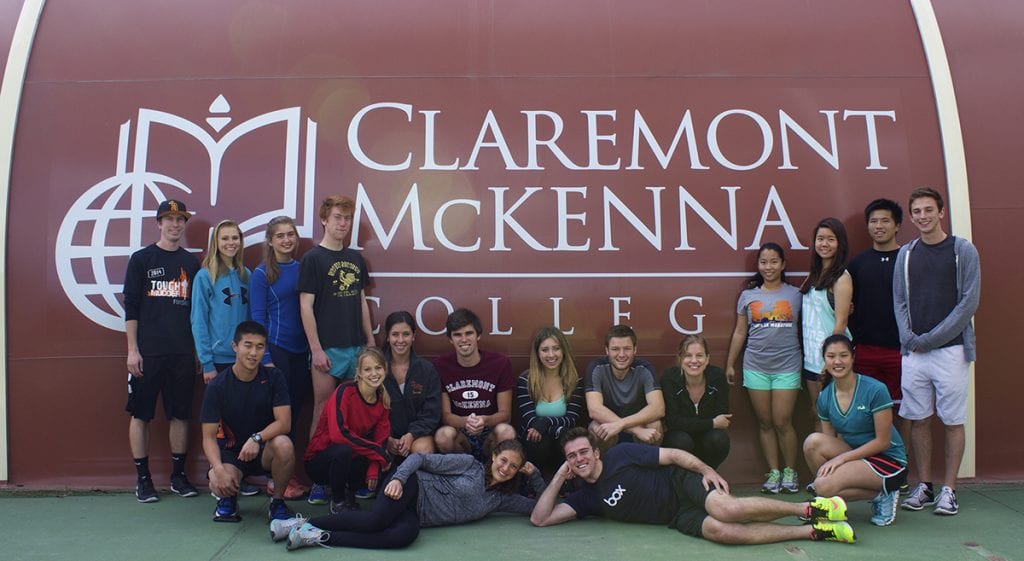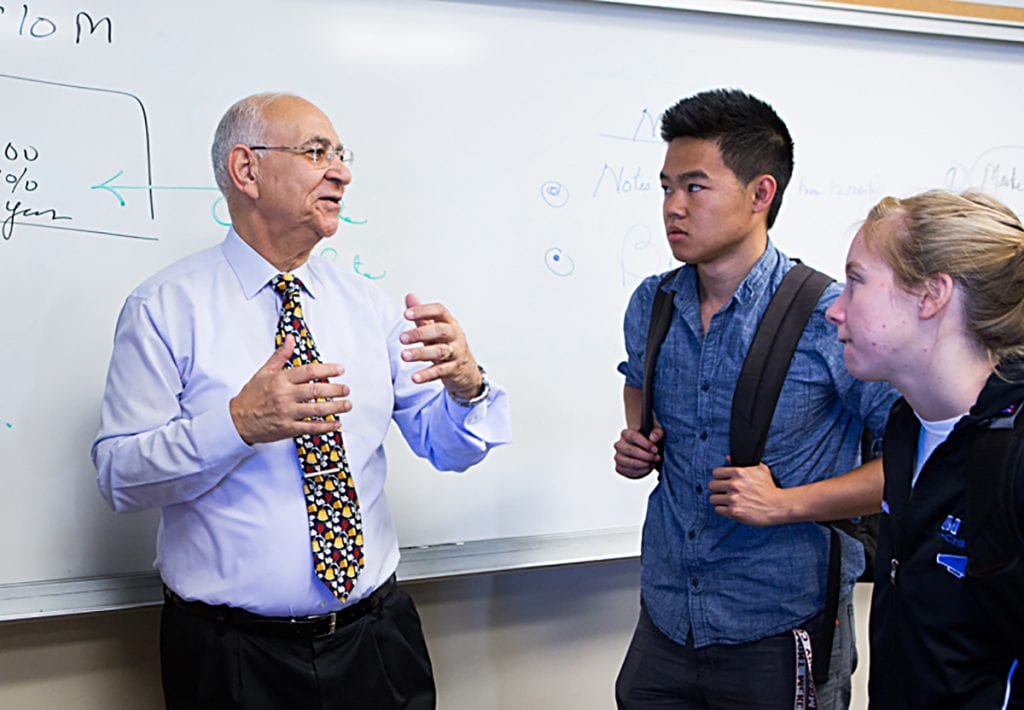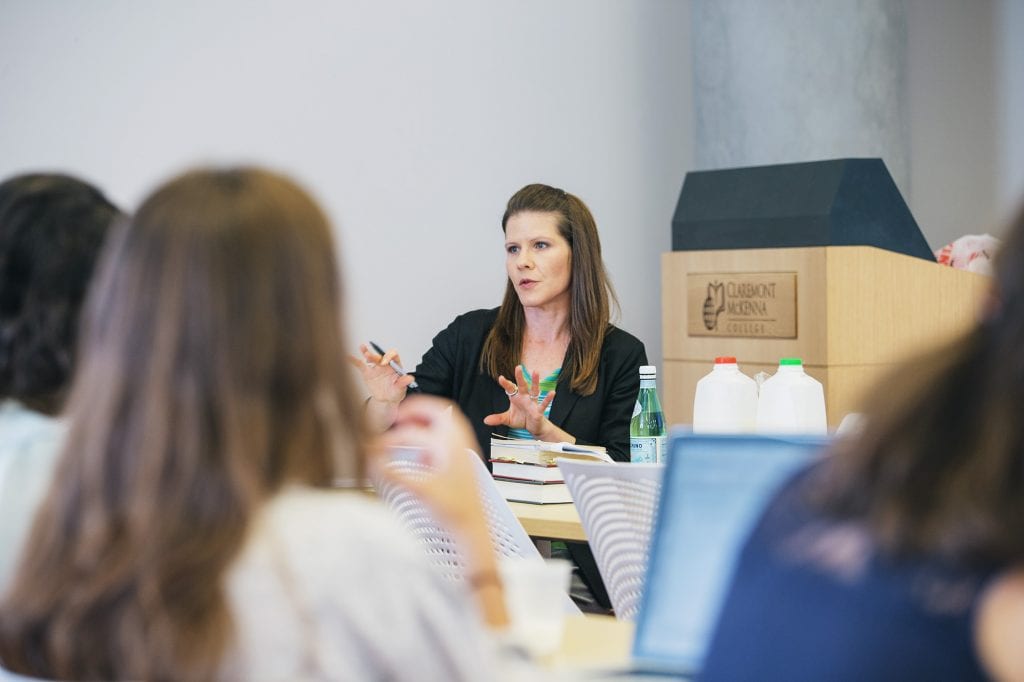Recently, I’ve been thinking a great deal about family, and I’m eager to get back to the kitchen table with some updates, thoughts, and questions.
Years ago, when I first started my career in academic leadership as the director of a center, my dean put his arm over my shoulder and admonished me to slow down a bit, pace myself: “it’s a marathon,” he instructed, “not a sprint.”
This came to mind when Ben Tillotson and Rita Gilles (both Class of ’15) decided to train for the L.A. Marathon on March 15. Against the challenges of finishing the senior thesis, wrapping up leadership responsibilities, looking for a job, and the lure of savoring time with friends before graduation, they chose this formidable commitment. I was impressed.
When they expressed their intention to run in order to raise money and awareness for The Student Imperative, I was inspired. As you know, The Student Imperative grows our financial aid and scholarship resources to improve access and affordability and increase socio-economic diversity across the full spectrum of American families.
When Ben and Rita then went out to recruit classmates to grow their effort, with 34 students registered to run the race (CMC 26.2), I was moved.
Moved to run, follow their example, to trail (literally) in their footsteps, and moved to hustle in the sprint towards the Imperative’s $100-million finish line. We just exceeded $85 million in cash, endowment, and planned gifts and pledges. In marathon metrics, we have four miles to go.
I hope that you will be able to join us in cheering for our students on March 15!
Please go here to learn how you can support CMC’s involvement in the L.A. Marathon.



